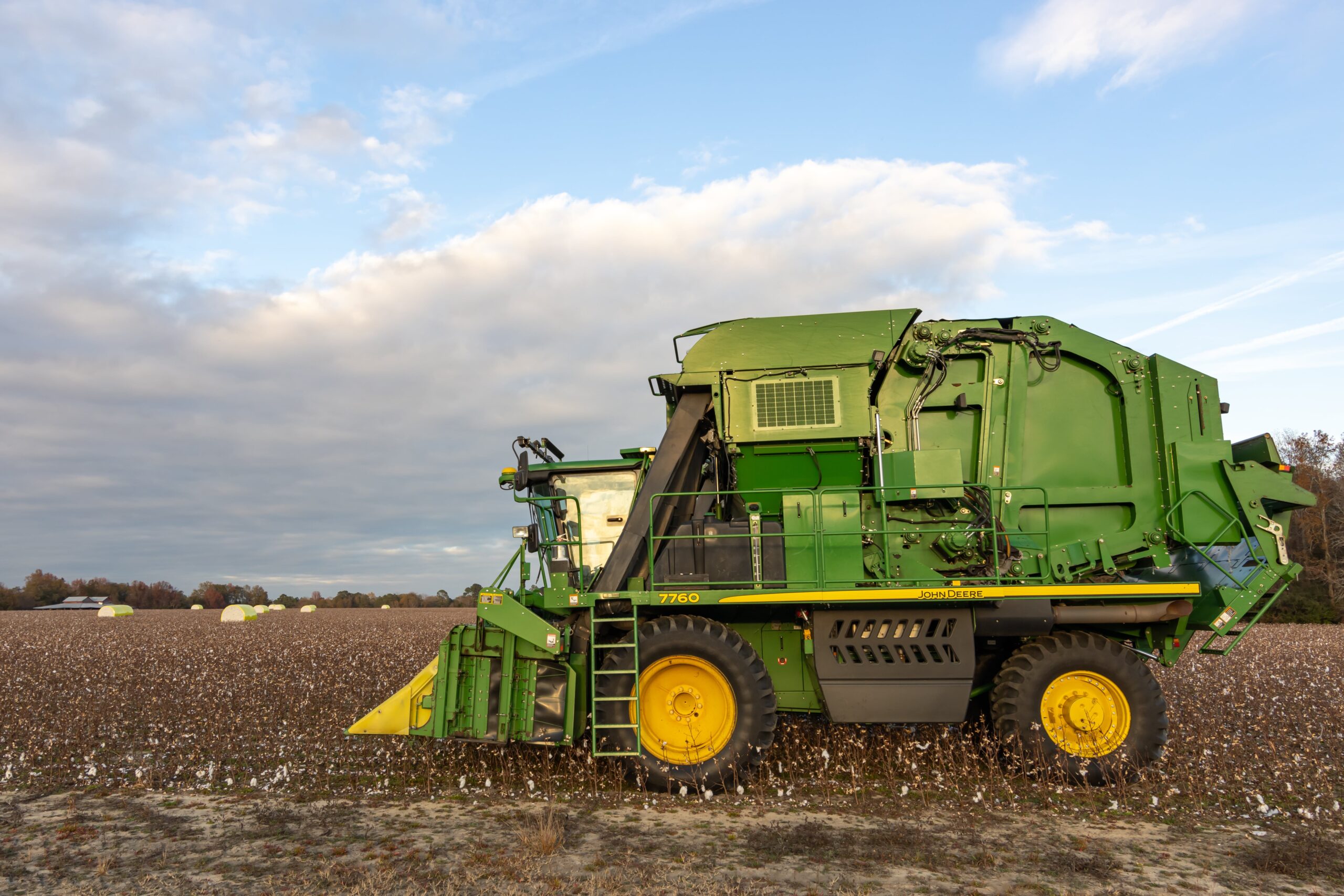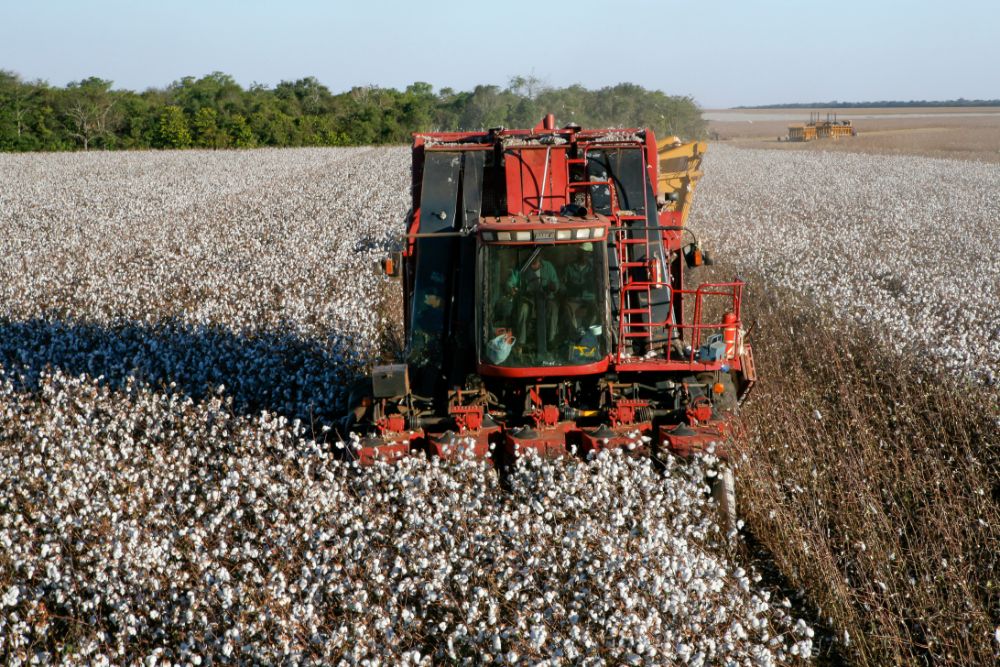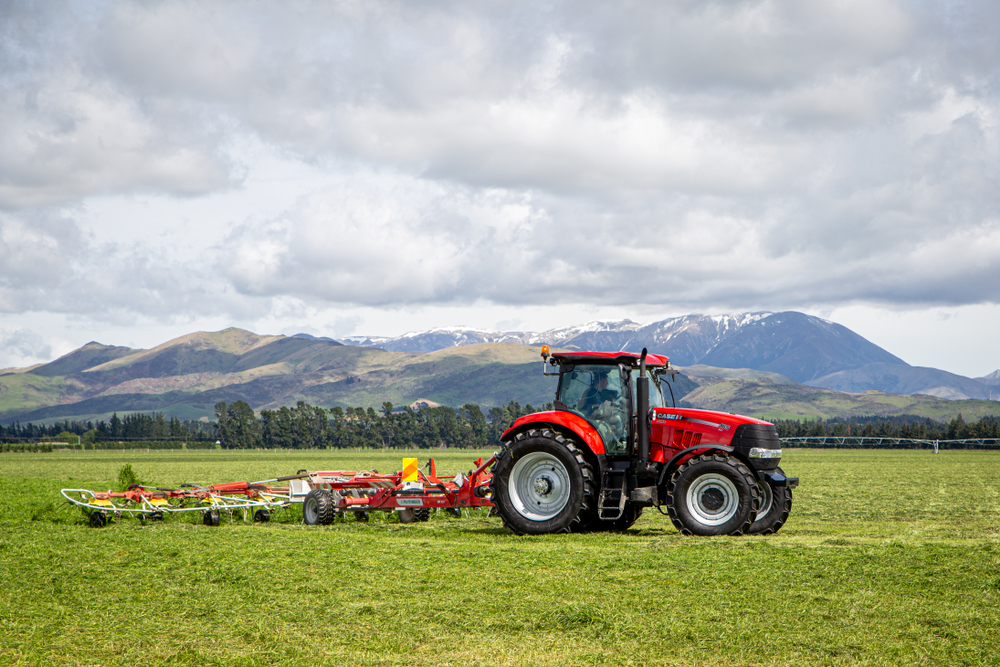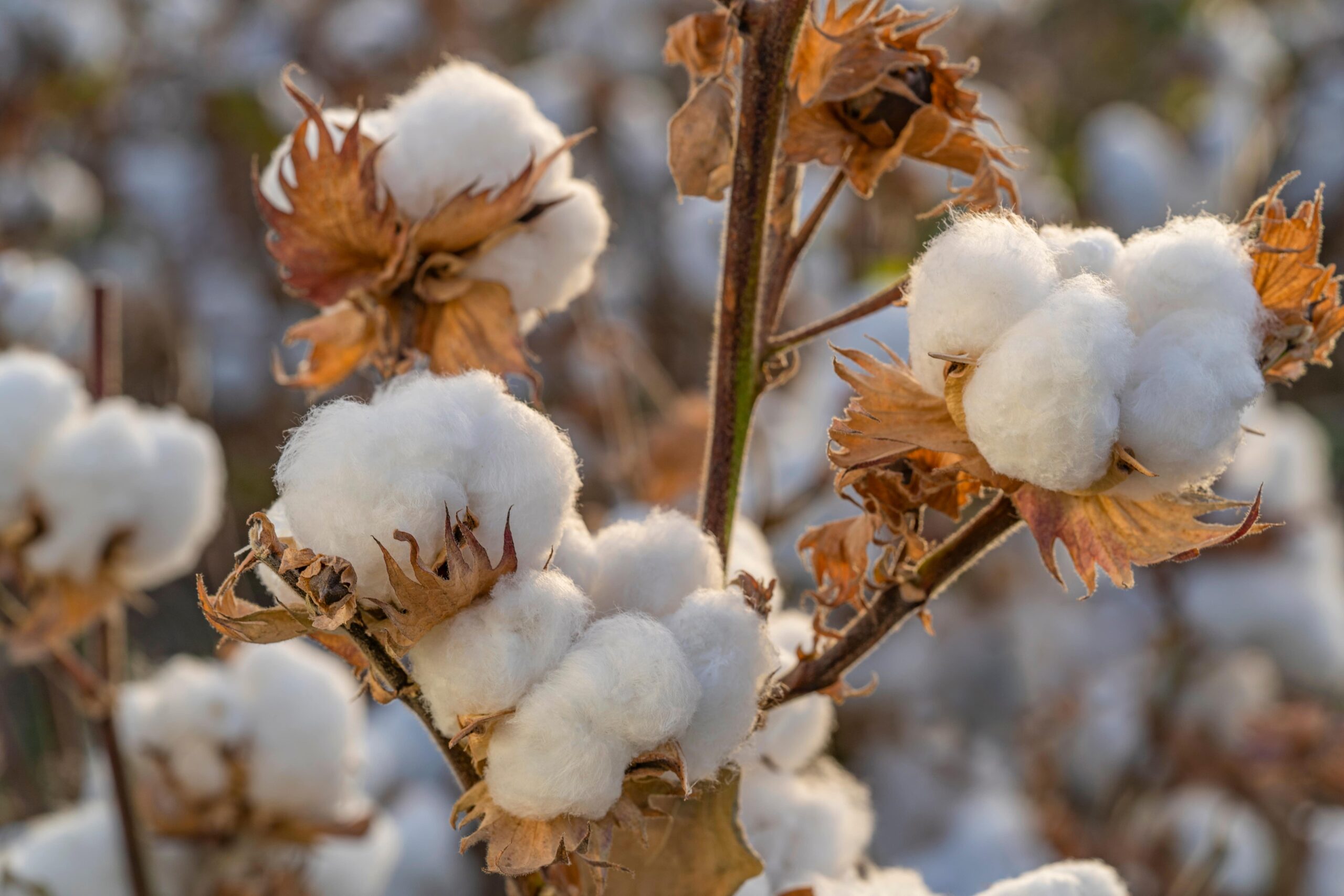Cotton has been a vital agricultural crop for centuries, playing an essential role in economies and industries worldwide. Historically, the process of picking cotton was labor-intensive and often performed by hand, but advancements in agricultural technology have dramatically transformed the industry. Today, the question arises: is cotton still picked by hand? The answer largely depends
READ MOREAuthor: Aaron Kreykes
From Field to Fabric: How Cotton is Processed and Readied for the Market
Cotton, often referred to as “white gold,” is one of the most important natural fibers used in textiles. The journey of cotton from the field to fabric is a complex, multi-step process that involves harvesting, cleaning, spinning, weaving, and finishing. Understanding how cotton is processed helps one appreciate the level of precision and effort required
READ MOREDIY Repairs: Fixing Common Problems in Cotton Harvesters
Cotton harvesters are highly specialized machines designed to efficiently collect cotton lint and seeds from plants. Like any complex equipment, they require regular maintenance and repair to ensure smooth operation, especially during peak harvesting seasons. Understanding the Anatomy of a Cotton Harvester Before diving into common issues and solutions, it’s essential to understand the primary
READ MOREHow to Extend the Lifespan of Your Cotton Harvester
A cotton harvester is a significant investment for any farming operation, essential for efficient cotton harvesting and critical to maximizing yield and productivity. But as with any heavy-duty agricultural machinery, a cotton harvester requires diligent care and maintenance to operate at peak performance year after year. Extending your cotton harvester’s lifespan involves regular inspections, timely
READ MOREUnderstanding the Mechanics of Cotton Harvesters: How Do They Work?
Cotton harvesting is a critical stage in the agricultural process, and modern technology has revolutionized it. For centuries, cotton was harvested by hand—a slow and labor-intensive task. Today, cotton harvesters, also known as cotton pickers, or cotton strippers, have streamlined this process, significantly increasing productivity and reducing the amount of manual labor needed. The Role
READ MORE




